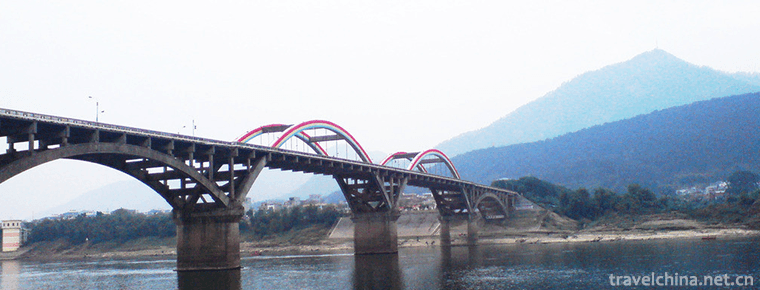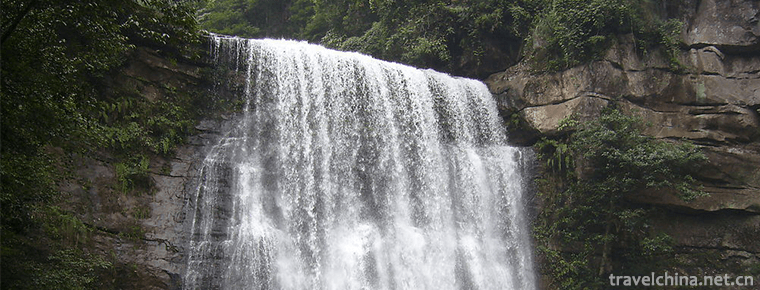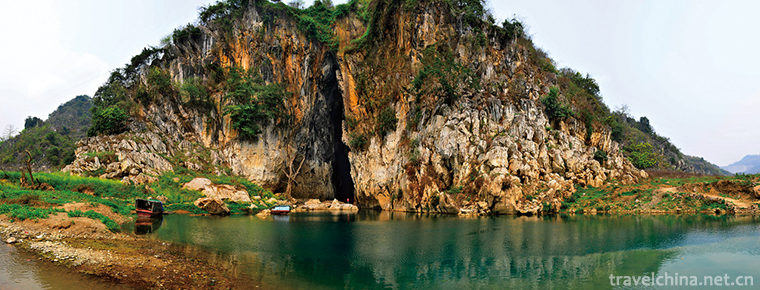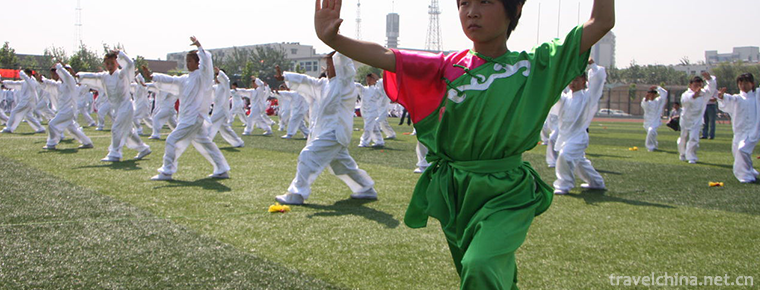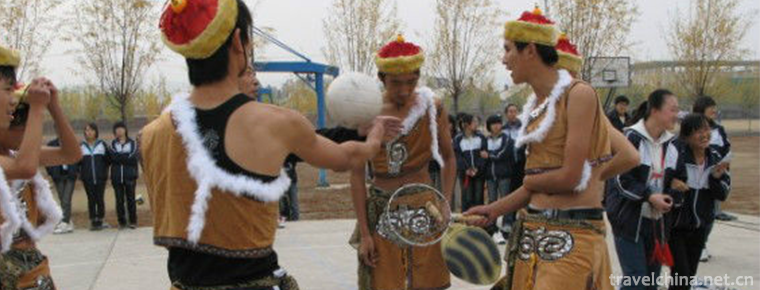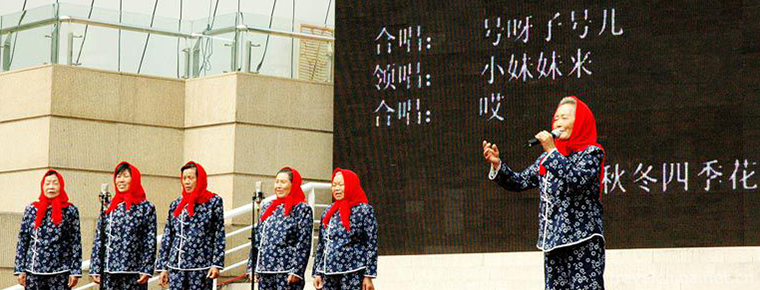Napa Lake
Naphai nature reserve is located in Shangri-La County, Diqing Tibetan Autonomous Prefecture, Yunnan. It was founded in 1984. The total area is 31.25 square kilometers, the elevation is 3266 meters, and the lake water area is 660 square kilometers. It belongs to the wetland ecological type reserve. The main protected objects are the seasonal lakes and swampy meadows on the plateau. It is the wintering habitat of black-necked cranes waiting for birds. This is the largest grassland in Zhongdian county. It is also one of the most scenic spots with high plateau characteristics. As a result of the Tibetan people's care, when autumn comes, many birds will visit here, such as black-necked cranes, yellow ducks, banded geese flying high and low over the grassland, the scene is quite lovely.
In September 2017, the Napa Lake scenic area was canceled the qualification of 3A scenic spot.
geographical position
Napahai Nature Reserve is situated in Shangri-La County, Diqing Tibetan Autonomous Prefecture, Yunnan Province, in the northwest of Shangri-La County Town, 8 km away from the county town.
topography
The Napahai Nature Reserve is a subthermal swamp and swampy meadow, surrounded by mountains on three sides, with a peak altitude of 3800-4449 meters.
climate
Napahai Wetland is a cold temperate plateau monsoon climate Western monsoon climate. The southerly and South westerly winds prevail throughout the year, influenced by the mountain and atmospheric circulation in the north south direction. The dry and wet season is distinct, and the dry season is obvious from November to May next year. The 5~11 month is the obvious wet season. Although Napa Sea is located in the horizontal climate zone of the middle subtropical zone, it is located in the southeastern part of the Qinghai-Tibet Plateau, and has obvious plateau climate characteristics, strong solar radiation, average annual sunshine hours 2180 hours, small annual temperature difference, large daily range, long winter without summer, short spring and autumn, average annual temperature of 5.4 degrees C, the hottest month of July average temperature of 13.2 degrees C. The mean monthly temperature of the coldest month is - 3.7 C, the accumulated active temperature of 10 C is 1392.8 C, the mean annual temperature difference is 16 C, the average daily temperature difference is 20 C, and 30 C in dry season. Napa Sea is located in the transitional zone between rainy and rainless areas, with an average annual precipitation of 620 mm, with a frost period of about 125 days per year, and snow from September to May of the following year.
hydrology
Napahai is a seasonal marshland on the plateau. At the end of summer and the beginning of autumn, rainwater dropped frequently, together with the injection of water from Qinglongtan, Naqu and Wangqu rivers, forming a large area of lake, with the maximum surface of water reaching 1000 hectares. Jinsha River.
Napa Lake is a seasonal natural lake. It consists of a series of freshwater ponds and swamps, which are supplied by 8 streams in the surrounding mountains. The lake water flows from the karst cave in the northwest corner to the underground river, and then flows through the karst cave to Tom heap in Nixi Township to drain it into the Jinsha River. The recharge of Napa Sea water mainly depends on rainfall, surface runoff, ice and snow melting water and springs flowing along the fault zone on both sides of the lake. The annual average water yield is 25700 m3. Affected by the southwest monsoon, a large amount of precipitation was formed in early June. More than ten streams, such as the Naqu River and the Milzi River, originated from the snow mountain forest, converged in the lake. The lake was covered with 1000 hectares of water and the water depth was up to 4-5m. However, due to the leakage of limestone, the lake water declined after August and rained again around October due to the retreat of the autumn monsoon. The flood increased the lake surface to 3125 hm2, and then retreated in November. After the lake retreated, the lake surface was greatly reduced. The lake water discharged into the underground river from nine caves in the Northwest corner, crossed the small anticline in the north. After 10 km of subsurface flow, a tributary emerged and flowed into the Jinsha River.
soil
The main soil types were swampy soil and peat soil, with pH 8.02, soil organic matter content 85.30 g/kg, total nitrogen content 2.71 g/kg, hydrolyzed nitrogen content 324.76 mg/kg, available phosphorus content 3.7-5.7 mg/kg, and available potassium content 124.81 mg/kg, which belonged to the fertile soil.
Grassland
Napa Hai is the largest grassland in the county. Because of the humid climate in the reserve, the grass grows faster than in the same area. In May every year, the grassland sprouts and the Napa grassland is green. At the beginning of June, all kinds of wild flowers were competing to open up. In the vast grasslands, Qionghua Yao grass was competing for beauty. The herd of cattle and sheep fluctuate with the grass sea, such as ups and downs in the sea. Boundless wilderness, everywhere is "wind grass grass low see cattle and sheep" grassland beauty. The three big snow mountains in the West are Shek Ka, Shi Ka and Xin Ya la. Snow mountain, grassland, cattle and sheep constitute the scenery of the great southwest of North China.
Animal
Autumn and winter come, the grassland is golden, the mountains are like dai, the snow-capped peaks are reflected in the lake, this season, black-necked cranes, yellow ducks, spotted geese gathered here, in the grass, swimming on the water, so that the vast empty grassland has a poetic and picturesque.
Black necked Crane is one of the rare rare cranes in the world; it is distributed only on the Qinghai Tibet Plateau and the Yunnan Guizhou Plateau. Napa is an ideal habitat for black-necked cranes because of its abundant seaweed, yellow tadpoles, small fish, plant rhizomes, aquatic plants and tadpoles, and few people destroy the environment. The climate is suitable for black-necked cranes. There are about 1,000 black-necked cranes in the world. The American Crane Foundation raises 14 of the world's 15 existing cranes, with only one black-necked crane missing. On January 24, 1989, Jim Harris, an expert at the American Crane Foundation, led a delegation to conduct field surveys of black-necked cranes in the Napah Sea. At that time, 76 black-necked cranes overwintered in Napa Mei. 10 years later, the black necked Crane, which was listed as endangered by the United Nations, has increased to 150 in Napa sea.
Napahai Nature Reserve is famous for its black-necked cranes, but in addition to black-necked cranes, there are provincial-level protected animals such as gray geese, spotted geese, gray cranes and a large number of waterfowl, which can be called a paradise for birds. There are also beautiful natural landscapes. Eight kilometers ahead of the highway west of the city in the middle of the twentieth century, a vast grassland is displayed in the embrace of the plateau in spring.











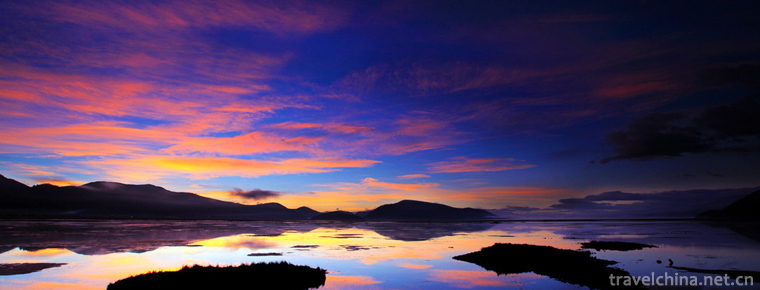
-
West Mountain Scenic Spot of Guiping
Guiping Xishan Scenic Spot, National AAAA Scenic Spot, National Geopark. Located in Guiping City, southeastern Guangxi Zhuang Autonomous Region, Xishan Scenic Spots 1 km away from the outskirts of the.
Views: 117 Time 2019-01-13 -
Huangjinglaolin Scenic Spot
Huangjing Old Forest Scenic Spot is located at the junction of Sichuan and Guizhou provinces in southern Sichuan Province and northwest Gulin County. Its total planned area is 9122.6 hectares.
Views: 104 Time 2019-01-18 -
Yanzidong in Jianshui County
Jianshui Swallow Cave is located in the Lujiang River Valley, more than 20 kilometers east of Jianshui County, Honghe Hani and Yi Autonomous Prefecture, Yunnan Province..
Views: 107 Time 2019-01-21 -
Cangzhou Wushu
Cangzhou people have been known for their simplicity, integrity, diligence and bravery since ancient times. Because of the relationship between geography and historical conditions.
Views: 152 Time 2019-04-04 -
Teochew woodcarving
Chaozhou woodcarving is a Chinese folk sculpture art, mainly used for architectural decoration, artifact decoration, furniture decoration, desk decoration, etc. After careful carving.
Views: 256 Time 2019-04-16 -
Manchu Pearl Ball
Pearl ball is a traditional sport of Manchu, originally known as pearl picking, which originated from the ancient pearl picking production activities of Manchu. In the age of Taizu Nuerhachi in the Qi.
Views: 259 Time 2019-05-20 -
Maoshan chant
Maoshan chant is a traditional folk song originating in Maoshan area of Xinghua City, Jiangsu Province. It is a kind of folk song that people in Maoshan use chant form with chant words to stimulate em.
Views: 135 Time 2019-05-28 -
Giant Sleeping Buddha
The giant Sleeping Buddha is located in Leshan City, Sichuan Province. In the periphery of Leshan Giant Buddha, there is a "giant Sleeping Buddha" with a total length of more than 4000 meters and composed of several mountains. .
Views: 153 Time 2020-10-15 -
Lingshan Temple
Lingshan temple is located in Mianning County, Liangshan Prefecture, Sichuan Province. It is 8 km away from Mianning County. It is the most famous temple in Liangshan Prefecture. It belongs to Mianning County as well as Xichang Satellite Launch Center..
Views: 173 Time 2020-10-16 -
General situation of Chengdu Giant Panda Base
According to the information on the base's official website in May 2017, Chengdu Research Base for giant panda breeding implements a three-level management mode of "Director Office Department (Center) - team". The director's office has 5 leading posts, including 1 Director and 4 deputy.
Views: 225 Time 2020-12-13 -
Mineral resources in Guangan
Guang'an City is located in the middle part of Huaying Mountain. The mineral resources are mainly distributed in Huayingshan, Tongluoshan and Mingyueshan anticlines, and two synclines of Dongcao and Xicao in Linshui county. More than 30 kinds of mineral depo.
Views: 287 Time 2020-12-19

